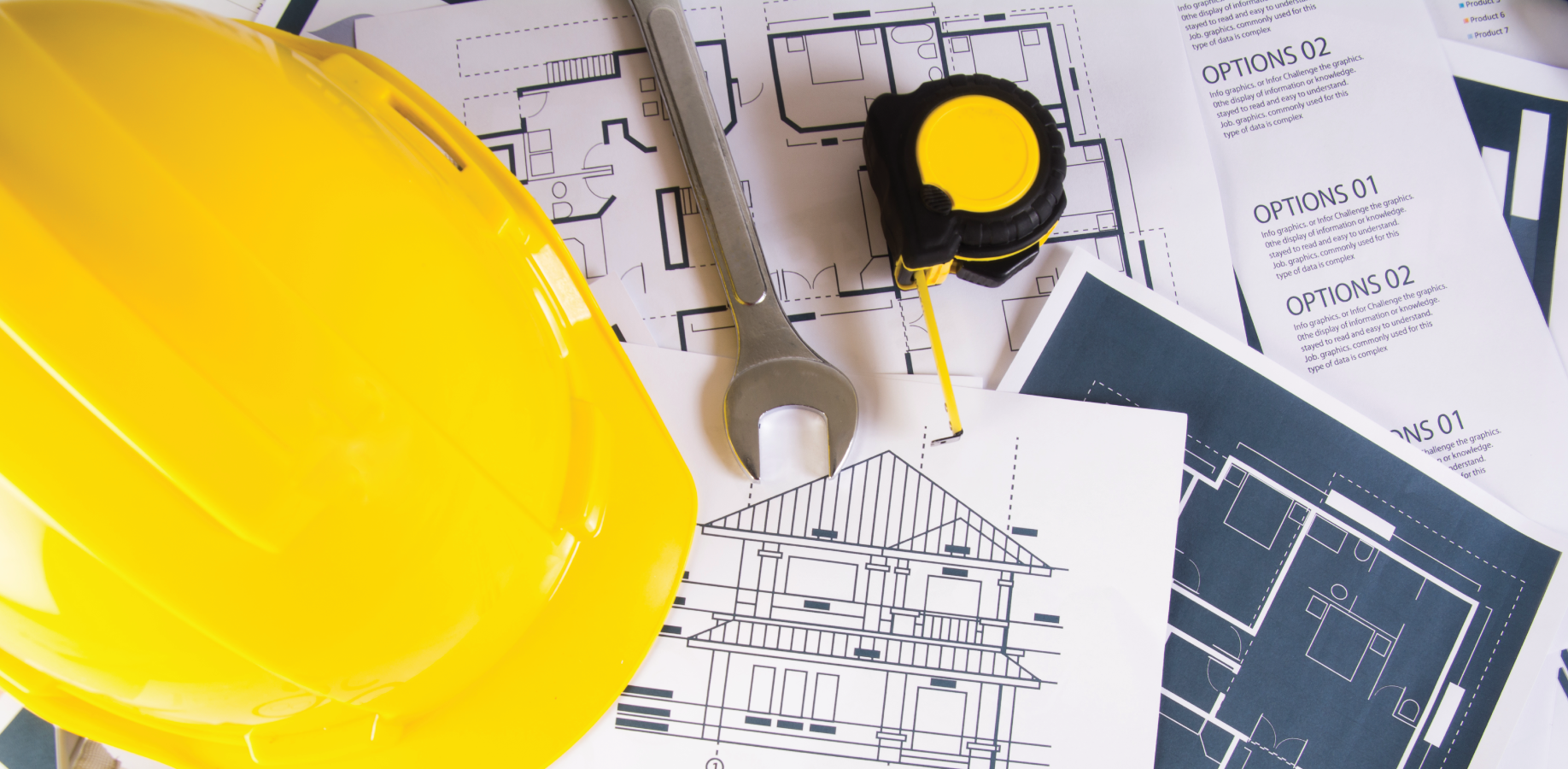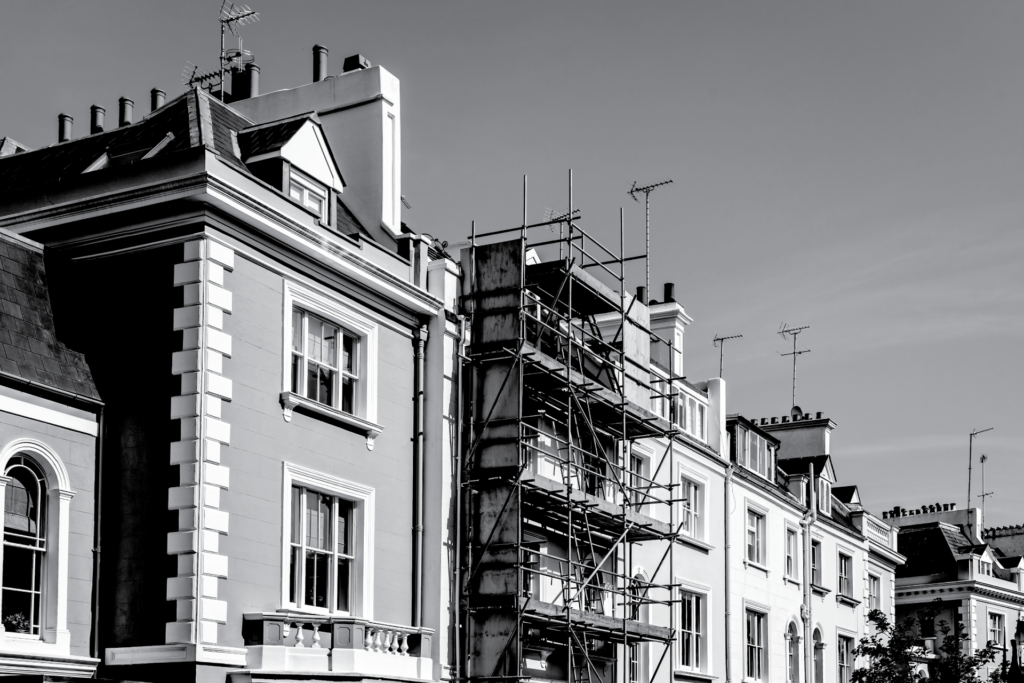Retrofit Future: Building a Sustainable Tomorrow
The future of retrofitting lies at the heart of the UK’s ambition to achieve net-zero carbon emissions by 2050. With buildings accounting for nearly 40% of the country’s total carbon footprint, retrofitting offers an unparalleled opportunity to enhance energy efficiency, reduce environmental impact, and improve living standards. This page explores the key trends, challenges, and opportunities shaping the future of retrofitting in the UK.
Why Retrofitting is the Future
Retrofitting involves upgrading existing buildings to improve energy efficiency and reduce carbon emissions. It’s a critical step towards creating a sustainable future for the UK’s built environment. Here’s why it matters:
- Reducing Carbon Emissions: Retrofitting older buildings significantly lowers their energy consumption, helping to combat climate change.
- Improving Energy Efficiency: Modern techniques and technologies can transform inefficient properties into high-performing, sustainable homes.
- Enhancing Comfort and Wellbeing: Better insulation, ventilation, and heating systems create healthier, more comfortable living environments.
- Supporting Economic Growth: Retrofitting creates jobs and drives innovation in green technologies, boosting the economy while protecting the planet.
Key Trends Shaping Retrofit Future
1. Smart Technologies
Advancements in smart home technologies are revolutionising retrofitting. From energy-efficient appliances to automated heating and lighting systems, smart solutions optimise energy usage and empower homeowners to monitor and manage their consumption.
2. Whole-House Approach
The shift towards a “whole-house” approach, as outlined in PAS 2035, ensures that retrofit projects consider the building as a complete system. This method addresses interdependencies between measures, such as insulation, ventilation, and heating, to deliver long-term efficiency and performance.
3. Innovative Materials and Methods
The use of innovative materials like aerogels, advanced insulations, and renewable energy systems (e.g., solar panels and heat pumps) is setting new benchmarks for sustainability. Meanwhile, modern construction methods like prefabrication and modular retrofitting improve efficiency and reduce costs.
4. Policy Support and Government Schemes
Government initiatives, such as the Energy Company Obligation (ECO4) and the Great British Insulation Scheme, are providing financial support and guidance to homeowners and installers. Future reforms under the Warm Homes Plan aim to address systemic issues and drive up quality across the sector.
5. Data-Driven Retrofitting
Harnessing data analytics and building performance modelling helps identify inefficiencies and prioritise retrofit measures. This approach ensures that projects deliver maximum energy savings and return on investment.
Challenges on the Road Ahead
1. Workforce Capacity
Meeting the demand for retrofitting requires a skilled workforce. Training and upskilling programmes are essential to ensure there are enough qualified professionals to deliver high-quality installations.
2. Funding and Affordability
While government schemes provide support, the upfront cost of retrofitting can still be a barrier for many homeowners. Developing accessible financing options, such as green mortgages or pay-as-you-save models, will be crucial.
3. Public Awareness
Educating homeowners about the benefits of retrofitting is vital. Misconceptions about costs, disruption, and effectiveness must be addressed through clear communication and outreach campaigns.
4. Quality Assurance
Ensuring that all retrofit work meets high standards is critical for maintaining public trust. Regulatory frameworks like TrustMark and PAS standards will play a key role in enforcing quality and accountability.
Opportunities in Retrofitting
1. Creating Green Jobs
The retrofitting industry has the potential to create thousands of green jobs, from installation and design to research and development. This supports both economic growth and environmental goals.
2. Driving Innovation
The demand for sustainable building solutions is spurring innovation in materials, technologies, and methods. These advancements are not only improving retrofitting outcomes but also positioning the UK as a leader in green construction.
3. Community-Led Initiatives
Local councils and community groups are increasingly taking the lead on retrofitting projects. These initiatives foster collaboration, promote inclusivity, and ensure that solutions are tailored to local needs.
4. Expanding Retrofit Markets
The growing recognition of retrofitting’s benefits is opening up new markets, including commercial and industrial properties. This diversification presents exciting opportunities for businesses in the sector.
The Role of Stakeholders
The future of retrofitting relies on collaboration between stakeholders, including:
- Government Bodies: Driving policies, funding schemes, and reforms to support retrofitting.
- Local Councils: Implementing community-focused retrofitting projects.
- Installers and Contractors: Delivering high-quality retrofitting services in line with regulations.
- Consumers: Adopting retrofitting solutions and advocating for sustainable practices.
How to Prepare for the Future
For Homeowners
- Explore government schemes and funding options to make retrofitting more affordable.
- Work with accredited professionals who follow PAS standards and TrustMark guidelines.
- Consider long-term benefits, such as energy savings and increased property value, when planning retrofit projects.
For Installers
- Stay updated with the latest industry standards and best practices.
- Invest in training and certifications to build expertise in advanced retrofitting techniques.
- Engage with policymakers and industry groups to shape the future of retrofitting.
For Policymakers
- Support workforce development initiatives to address skills shortages.
- Ensure regulatory frameworks are clear, consistent, and consumer-focused.
- Foster innovation through funding and partnerships with research institutions.
Conclusion
The future of retrofitting is bright, offering immense potential to transform the UK’s built environment into a model of sustainability and efficiency. By embracing innovation, fostering collaboration, and addressing challenges head-on, we can ensure that retrofitting delivers lasting benefits for individuals, communities, and the planet.
Stay tuned for more updates and insights on how retrofitting is shaping a sustainable future!


